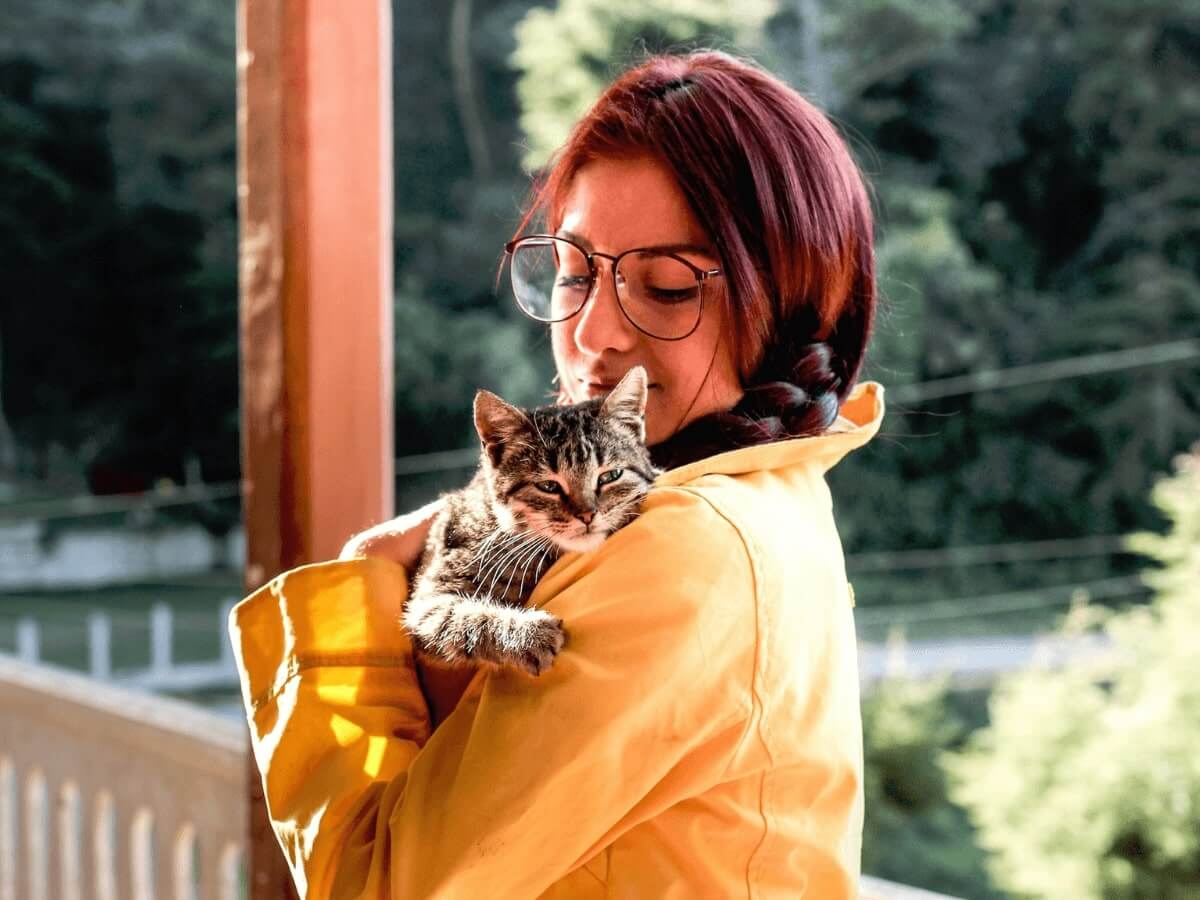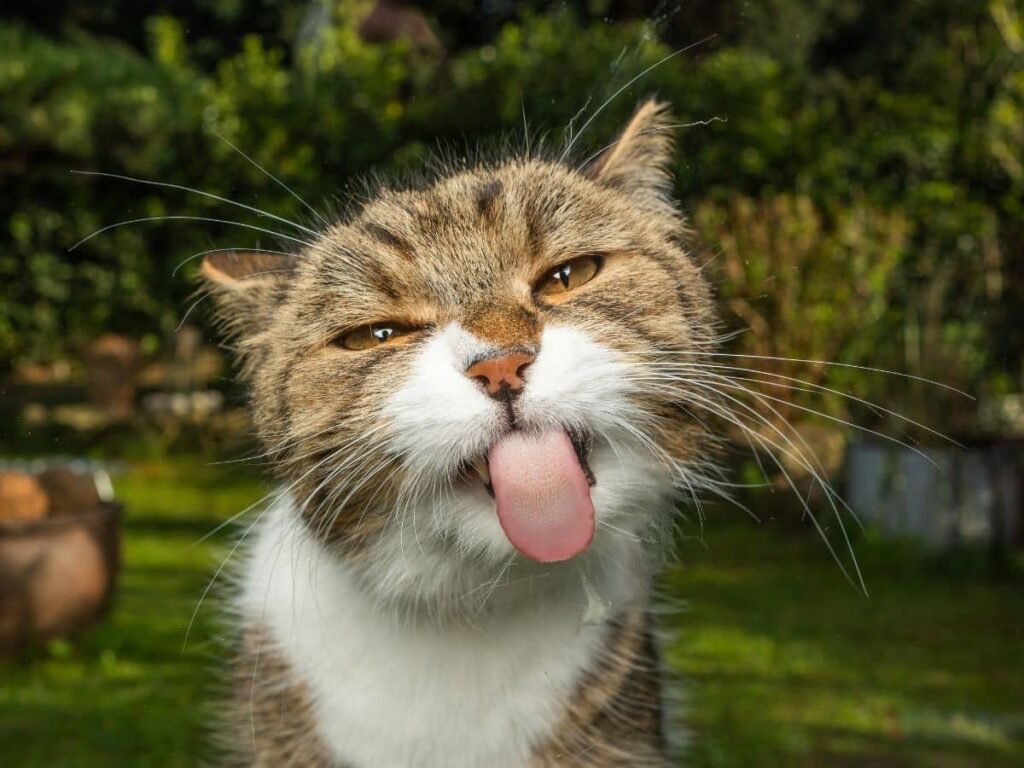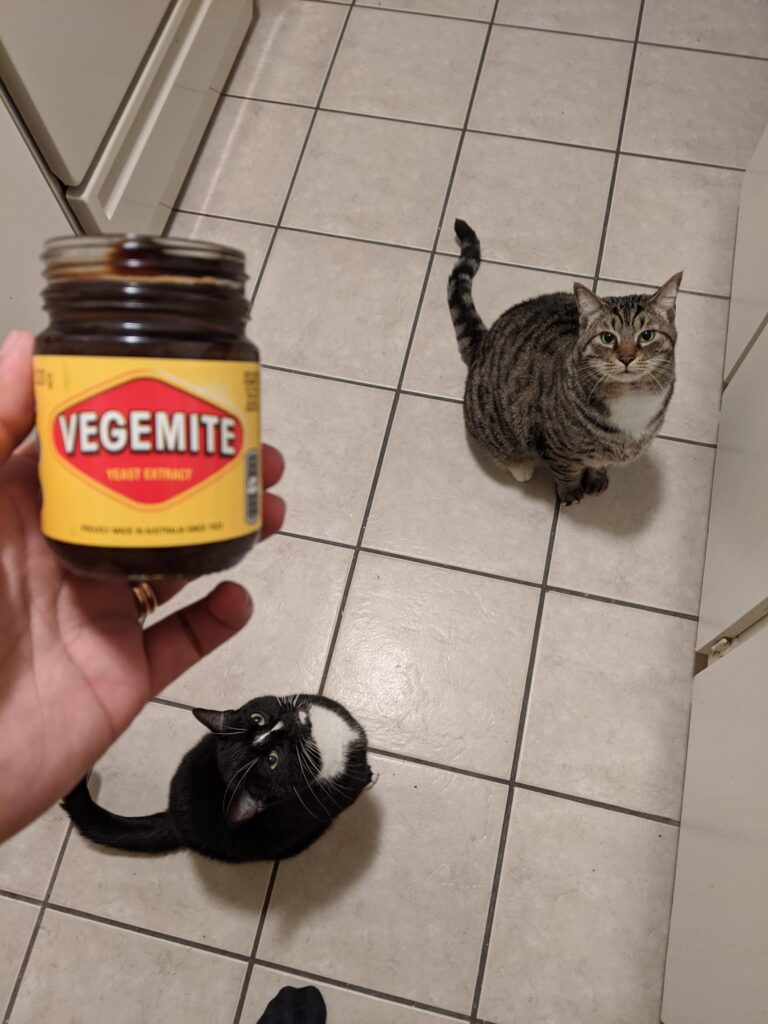No, cats should not eat chocolate pudding as it can be harmful to their health.
Contents
- 0.1 Why Chocolate Pudding Is Harmful For Cats
- 0.2 Symptoms Of Chocolate Toxicity In Cats
- 0.3 The Importance Of Preventing Access To Chocolate Pudding
- 0.4 Cat-friendly Treats And Snacks
- 1 Can Cats Eat Chocolate Pudding? Is This Sweet Treat Safe To Eat?
- 1.1 Cat-Friendly Treats and Snacks
- 1.2 Understanding A Cat’s Nutritional Needs
- 1.3 Creating A Cat-safe Environment
- 1.4 Regular Vet Check-ups And Care
- 1.5 Maintaining A Healthy Weight For Your Cat
- 1.6 Promoting Mental Stimulation And Emotional Well-being
- 1.7 Frequently Asked Questions On Can Cats Eat Chocolate Pudding? Is This Sweet Treat Safe To Eat?
- 1.8 Conclusion
Why Chocolate Pudding Is Harmful For Cats
Chocolate pudding may be a sweet treat enjoyed by humans, but it is harmful for cats due to the presence of theobromine, a toxic ingredient in chocolate. Theobromine is found in varying levels in different types of chocolate, with dark chocolate containing the highest amount followed by milk chocolate and then white chocolate. However, regardless of the type, all forms of chocolate pudding should be kept away from cats.
The consumption of chocolate pudding by cats can lead to potential risks such as chocolate poisoning. Theobromine affects the central nervous system and cardiovascular system of cats, causing symptoms including vomiting, diarrhea, increased heart rate, tremors, and even seizures. These effects can be exacerbated in cats with pre-existing health conditions or those who consume a large amount of chocolate pudding. Therefore, it is crucial to ensure that cats are kept away from chocolate pudding and any products containing chocolate to keep them safe and healthy.
Symptoms Of Chocolate Toxicity In Cats
Can Cats Eat Chocolate Pudding? Is This Sweet Treat Safe To Eat?
Symptoms of Chocolate Toxicity in Cats:
Cats are unable to metabolize theobromine, a compound found in chocolate. Therefore, consumption of chocolate pudding can lead to chocolate poisoning in cats. Common signs of chocolate poisoning in cats include vomiting, diarrhea, increased thirst, restlessness, rapid breathing, elevated heart rate, muscle tremors, and even seizures. If you notice any of these symptoms, it is crucial to seek veterinary help for your cat immediately.
Theobromine in chocolate affects cats’ body systems such as the central nervous system, cardiovascular system, and gastrointestinal system. It stimulates the cat’s heart and affects blood vessel function, leading to various health issues. In severe cases, chocolate poisoning can even be fatal.
Don’t delay veterinary intervention if your cat has consumed chocolate pudding. The sooner you seek help, the quicker the appropriate treatment can be provided. Remember, prevention is better than cure, so it’s best to keep chocolate puddings out of your feline friend’s reach to ensure their safety and well-being.

The Importance Of Preventing Access To Chocolate Pudding
The importance of preventing access to chocolate pudding cannot be overstated when it comes to keeping cats safe. Cats are unable to properly digest chocolate due to the presence of theobromine, which is toxic to them. It can lead to symptoms such as vomiting, diarrhea, increased heart rate, restlessness, and in severe cases, seizures or even death.
One way to prevent cats from accessing chocolate pudding is by keeping it out of their reach. Storing desserts securely in closed cabinets or high countertops can greatly reduce the risk of ingestion. In addition, educating family members and visitors about the dangers of feeding chocolate pudding to cats is crucial. They should be made aware that even a small amount can be harmful.
Furthermore, providing alternative treats that cats can safely enjoy is a great solution. Several cat-friendly treats are available in the market, such as catnip-flavored treats or specially formulated cat treats that mimic the taste of chocolate pudding but are safe for feline consumption.
Cat-friendly Treats And Snacks
Can Cats Eat Chocolate Pudding? Is This Sweet Treat Safe To Eat? |
Cat-Friendly Treats and SnacksRecommended treats specifically made for catsWhen it comes to choosing treats for your furry friend, it’s important to opt for ones that are specifically made for cats. These treats are specifically formulated to meet their dietary needs and are generally safe for consumption. Look for treats that contain high-quality ingredients and are free from any harmful additives or fillers. Tips for choosing healthy and safe cat treats
Homemade cat-friendly snack ideasIn addition to store-bought treats, you can also prepare homemade snacks for your cat. Some ideas include:
Remember to introduce new treats gradually and monitor your cat for any adverse reactions. It’s always best to consult with your veterinarian before making any significant changes to your cat’s diet. |
Understanding A Cat’s Nutritional Needs
Cats have specific nutritional needs that are different from humans. It is essential to provide them with a balanced diet to ensure their overall health and well-being. A balanced diet for cats includes a combination of protein, fats, carbohydrates, vitamins, and minerals. This helps support their immune system, maintain healthy weight, and promote proper digestion.
Nutritional Requirements For Cats
Cats are obligate carnivores, meaning their diet primarily consists of meat. They require a high percentage of animal proteins to meet their amino acid requirements. Essential fatty acids, such as omega-3 and omega-6, are crucial for their skin and coat health.
Cats also need certain vitamins and minerals, including vitamins A, D, E, K, B-complex vitamins, calcium, phosphorus, and taurine.
Safe Human Foods For Cats To Snack On Occasionally
While cats have specific nutritional needs, there are a few human foods that they can enjoy in moderation. Some safe options include cooked chicken, turkey, and fish. These can provide additional protein in their diet.
However, it’s important to note that cats should never be given chocolate pudding or any other chocolate-based products. Chocolate contains theobromine, a toxic component for cats, and can lead to severe health issues.
Remember to consult with your veterinarian to ensure you are providing your cat with a well-balanced diet that meets their specific needs.
Creating A Cat-safe Environment
Creating a cat-safe environment is crucial for ensuring the well-being of your furry friend. One important aspect of this is removing toxic substances from their surroundings. Cats are curious creatures, and their exploration can lead them to come into contact with harmful foods and substances. For example, chocolate pudding contains theobromine, which is toxic to cats. It’s important to prevent access to such foods by keeping them out of reach or securely stored. Additionally, providing appropriate toys and distractions for your cat can help keep them entertained and less likely to seek out potentially dangerous items. By taking these precautions, you can help keep your cat safe and healthy in their environment.
Regular Vet Check-ups And Care
Regular vet check-ups and care are essential for cats. They play a crucial role in maintaining their overall health and well-being. These check-ups not only help in early detection of any potential health issues but also ensure that your cat is up to date with important vaccinations and preventive treatments. Vaccinations protect your furry friend from various diseases, including those that could be fatal. Preventive treatments, such as flea and tick control, are important for keeping your cat safe and healthy.
Scheduling annual check-ups with the vet is recommended to monitor your cat’s health and catch any underlying problems in their early stages. During these visits, the vet will perform a comprehensive physical examination, assess their weight, and check for signs of dental issues. Dental care is equally important for cats as it is for humans. Regular dental check-ups and professional cleanings can prevent dental disease and maintain good oral hygiene in cats.
Maintaining A Healthy Weight For Your Cat
Obesity can pose serious health risks to cats, making it crucial to monitor their weight and provide a balanced diet. To avoid overfeeding, it is essential to follow portion control and feeding guidelines recommended by veterinarians. These guidelines take into account the age, activity level, and overall health of your feline companion.
Incorporating physical activity into your cat’s daily routine is equally important. Regular exercise helps maintain a healthy weight and promotes muscle strength. Encouraging playtime and interactive toys can keep your cat engaged and active. Additionally, interactive feeding toys, such as puzzle feeders, can slow down eating and prevent overeating.
By being mindful of your cat’s diet and providing opportunities for physical activity, you can help prevent obesity-related health issues. Remember to consult with your veterinarian for personalized advice on maintaining your cat’s ideal weight.
Promoting Mental Stimulation And Emotional Well-being
Providing mental stimulation is crucial for the overall well-being of cats. Just like humans, cats also need to engage their minds to stay mentally healthy. Mental stimulation helps prevent boredom and reduces the risk of behavioral issues such as aggression and anxiety.
To keep your cat mentally stimulated, consider providing them with interactive toys and activities. Puzzle toys, treat-dispensing toys, and feather wands are great options to keep them engaged and entertained. These toys encourage problem-solving skills and provide a sense of accomplishment when they successfully complete a task.
Creating a stimulating and enriched environment for your cat:
Aside from toys, it’s important to create an environment that stimulates your cat’s senses. Set up perches near windows for them to observe the outside world, provide scratching posts for exercise, and rotate their toys to keep things fresh. Additionally, introducing new scents or hiding treats around the house can also provide mental stimulation and encourage natural hunting instincts.
Frequently Asked Questions On Can Cats Eat Chocolate Pudding? Is This Sweet Treat Safe To Eat?
Is Chocolate Pudding Bad For Cats?
No, chocolate pudding is bad for cats. Chocolate contains theobromine, which is toxic to them.
What Sweet Treats Can Cats Have?
Cats should avoid sweet treats as they can cause digestive issues and weight gain.
Can Cats Have A Little Chocolate As A Treat?
No, cats should not have chocolate as a treat. Chocolate contains theobromine, which can be toxic to cats and cause symptoms like vomiting, diarrhea, and even seizures. Stick to cat-friendly treats to keep your furry friend safe and healthy.
Can Kittens Eat Chocolate Pudding?
No, kittens should not eat chocolate pudding as it is toxic to cats and can cause serious health issues. Chocolate contains theobromine, which is harmful to cats and can lead to vomiting, diarrhea, increased heart rate, and even seizures. It’s best to avoid giving any chocolate to kittens.
Conclusion
Chocolate pudding may be a delectable sweet treat for humans, but it is definitely not safe for cats. Cats cannot metabolize theobromine, a substance found in chocolate, and this can lead to serious health issues. It is important to keep all chocolate products, including pudding, out of your furry friend’s reach to ensure their well-being.
Choose cat-friendly treats instead to indulge your feline companion without any risks. Stay informed and prioritize your cat’s health and safety at all times.

Katie Lindsey is a passionate cat lover and founder of Cats Solution, a comprehensive resource for all things feline. With a lifelong love for cats and extensive knowledge in their care and behavior, she provides expert advice and solutions to cat owners. Through her website, Katie fosters a supportive community where cat enthusiasts can find guidance and heartwarming stories. A dedicated advocate for animal welfare, Katie also promotes responsible pet ownership and adoption. Join her on this purr-fect journey celebrating the joy of feline companionship.

